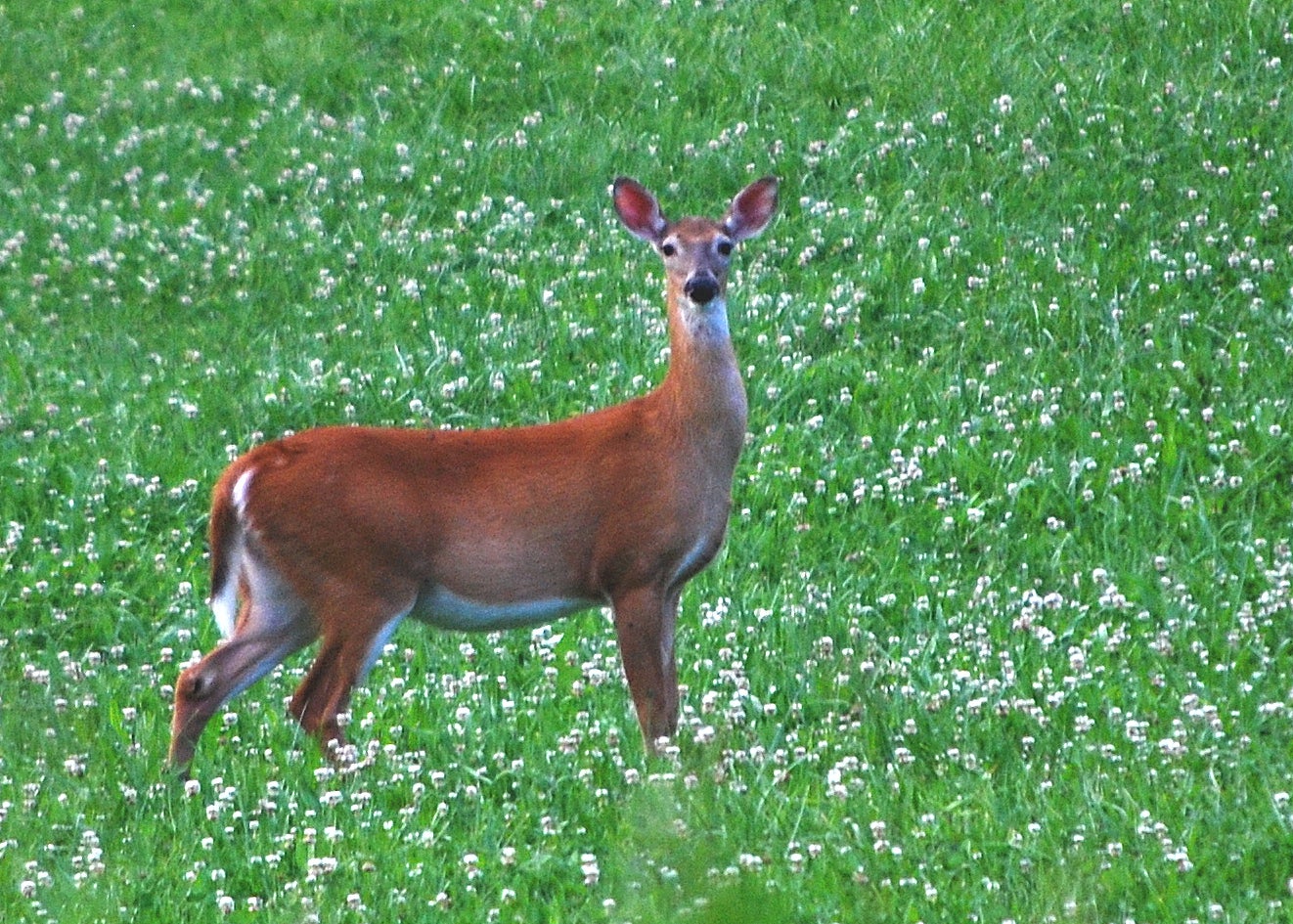Food plots are important to all wildlife
Published 12:04 pm Tuesday, June 9, 2020

- Allen Earl Photo
|
Getting your Trinity Audio player ready...
|
Food plots for wild game are important to deer and turkey but a plethora of animals benefit from them.
Hunters often plant food plots to help a herd of deer and flocks of turkey make it through hard times when they need it most. During late fall and winter, food begins to become scarce and animals will travel long distances for the nutrition a food plot provides.
The size of your food plot doesn’t necessarily matter if you place it in the correct spot to maximize growth and security of the intended animal. It is recommended that plots should be planted within 660 feet of winter cover. As the winter gets colder wildlife will often remain close to the safety of their bedding area and roosting sites.
There are many choices when it comes to seeding food plots. Clovers, rye, chicory, turnips, beets, peas, soybeans are just some which may be considered. The seeding itself may be as easy as raking up an area or using farm machinery.
The size of your food plot is dependent on the area you have available but the USDA recommended size of a food plot is one quarter acre with a width of 30 feet.
The value of a well maintained food plot goes beyond the hunting aspect.
Almost every animal or bird using the plot will benefit from the provided nutrition. Each plant will take in carbon dioxide and generate oxygen. It will provide nesting opportunity and cover for species of wildlife other than deer and turkey.
Wildlife food plots will supplement the natural supply of food, it is not intended to be a replacement. It is a part of an overall management plan that fulfills the needs of wildlife. When used properly a food plot can increase the number of animals on a particular property and provide greater viewing opportunities for hunters and non hunters alike.
Millions are spent annually by nearly nine million people to help wildlife.
From hiding a honey hole food plot in the woods right up to four acres in prime whitetail deer territory the benefits are real and go way beyond a hunter trying to increase his or her chances.
The TWRA and local extension and soil departments will assist you in making solid decisions about what to plant, when to plant and how to maintain plots for wildlife.
It doesn’t matter if you have less than an acre of area or hundreds of acres, a food plot will be beneficial to the overall environment according to Claiborne County Extension Agent and Director Tom Rison, “Food plots attract more wildlife to an area increasing the landowners chance of seeing wildlife. It can provide an important supplemental food source for wildlife during harsh winter conditions. A food plot can also concentrate deer and other game during hunting seasons.”
allen.earl@claiborneprogress.net






